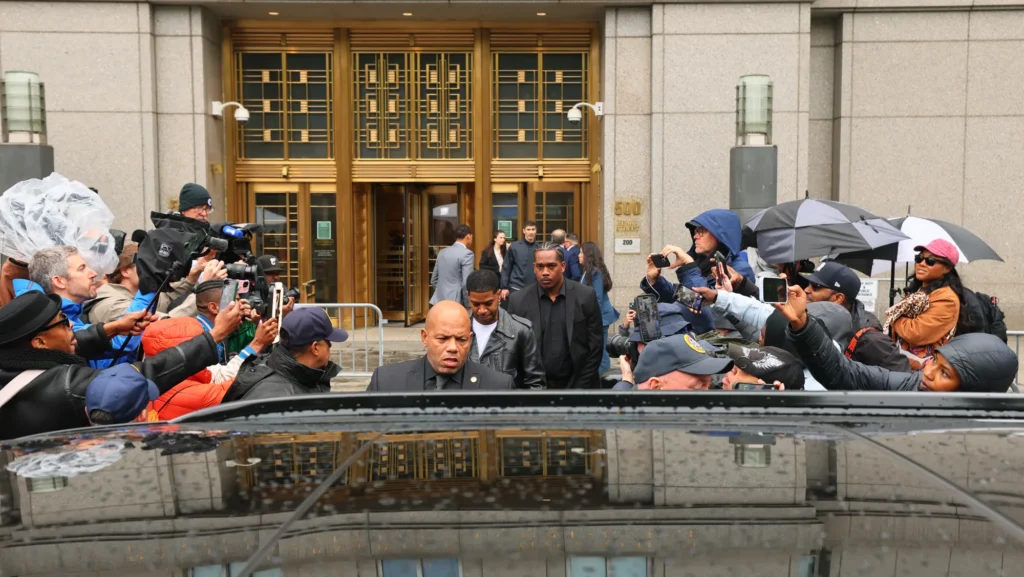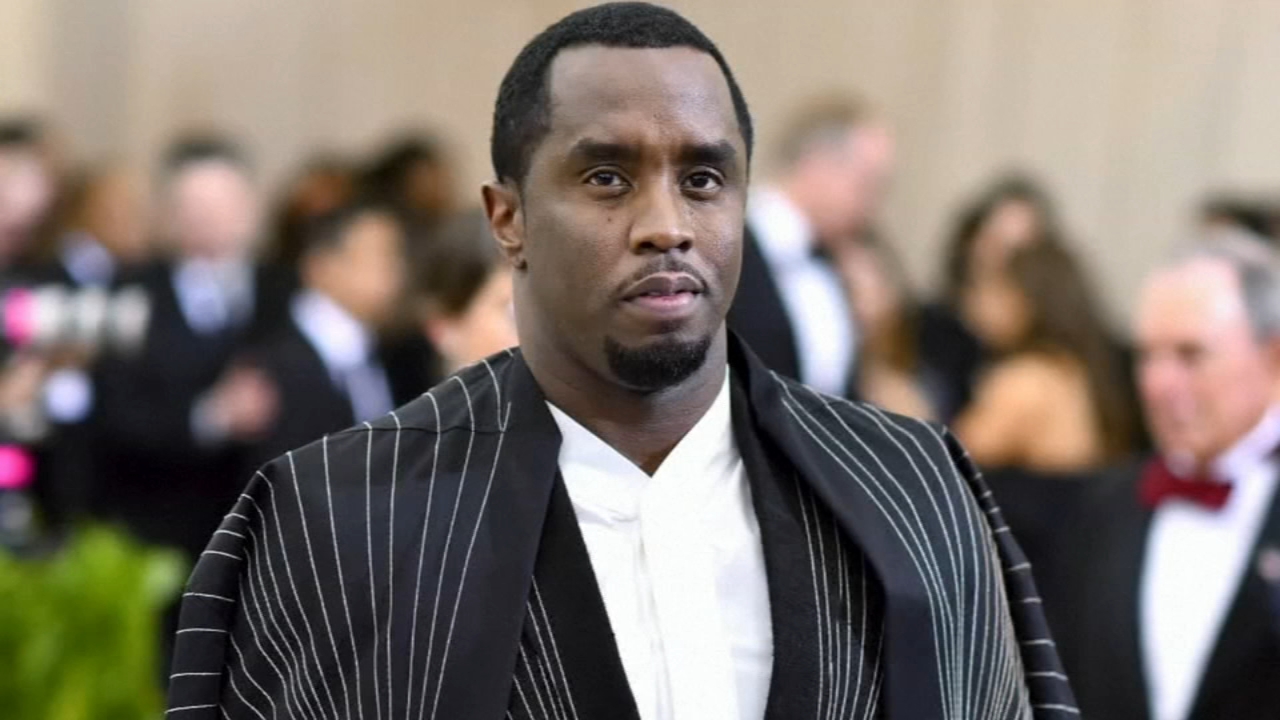At a Glance
- Judge Subramanian imposed 50 months, balancing deterrence, fairness, and accountability in sentencing.
- Prosecutors sought 11 years, citing coercion evidence and long-term abuse of power.
- Defense urged leniency, highlighting charity work, remorse, and personal rehabilitation efforts.
American former rapper, who was convicted, Sean “Diddy” Combs’ sentencing is among the most watched celebrity legal cases in recent years, not only because of his fame, but because the case raises deep questions of power, responsibility and justice.
Below are 10 Key facts drawn from court filings, transcripts and original reporting by Shore Africa about Diddy’s case and sentencing. They show both sides of the dispute, the evidence prosecutors offered, the defense’s pushback, and how the judge weighed it all, and what might lie ahead.

1. The sentence and immediate penalties
Judge Arun Subramanian imposed 50 months in federal prison, about four years and two months, a $500,000 fine and five years of supervised release. The court credited Combs with roughly 12 months already served, leaving about three more years to serve.
2. What he was convicted of — and what he was not
He was convicted on two counts of transporting individuals for prostitution under federal law. He was acquitted on more serious counts of racketeering and sex trafficking — charges that carried the possibility of far longer terms. Those acquittals sharply narrowed his legal exposure and shaped what the sentence could be.
3. Why prosecutors sought over a decade behind bars
Federal prosecutors asked for about 135 months (11 years, 3 months). A detailed 164-page submission alleged a pattern of coercion and violence, citing eyewitness statements about so-called “freak-off” parties and a 2016 video showing Combs allegedly assaulting Cassie Ventura. Prosecutors argued that those and other acts showed sustained abuse of power that deserved a severe penalty.
4. The defense’s push for leniency
Combs’ lawyers painted a different picture. They asked for a sentence close to time served, pointing to his charity work, efforts at addiction treatment, business losses and what they called sincere regret. They argued that relationships, though troubled, were consensual and emotionally fraught rather than criminal in nature. They said Combs had already paid a price in public humiliation and financial damage.
5. How the judge settled on 50 months
In his ruling, Judge Subramanian described the behavior as “serious and repeated.” He stressed the need for deterrence and accountability. But he also considered mitigating factors: Combs’ acceptance of responsibility, his personal struggles and other background elements. The 50-month term is below the probation office’s recommended 5–7 year range and well under what prosecutors asked, a sign the judge sought a balance between punishment and fairness.
6. The jury’s split verdict, a case in halves
The jury’s decision was central. By convicting on transportation counts but acquitting on racketeering and trafficking, jurors acknowledged unlawful conduct without accepting the idea of a criminal enterprise. That mix narrowed the legal framework but left enough grounds for a serious penalty. The result now shapes Combs’ appeal plan.
7. Victim testimony and its weight in court
Several women, including Ventura and another identified as “Jane,” gave emotionally charged testimony about violence, coercion and fear. Their accounts, laid out in the prosecution’s filings, played a major role in sentencing. Judge Subramanian cited them as “credible, detailed and deeply troubling,” making them a central reason for the multi-year prison term.
8. Challenges over credibility and disputed claims
Throughout the trial, Combs’ legal team attacked the government’s witnesses. They pointed to inconsistencies, recantations and conflicting accounts. They argued that some encounters were motivated by consent or blurred lines, not coercion. Those credibility fights may have influenced the jury’s mixed ruling, and now serve as key issues for appeal.
9. What comes next, remaining time, appeals and civil exposure
With time served credited, Combs is expected to spend about three more years in custody before supervised release. His team has already indicated they will appeal both the convictions and the sentence. Meanwhile, a collection of civil lawsuits by alleged victims remains active, a side legal battle that could stretch for years and cost heavily.
10. The wider stakes, accountability, fame and the law
This case has stirred a national debate far beyond Combs himself. To many prosecutors and survivors’ advocates, the sentence is a signal that wealth and celebrity no longer shield wrongdoing. To others, civil liberties advocates, and some fans, it raises the question: Was he punished too severely after being acquitted on the most serious charges? That tension, between justice enforced and justice overreach, will not only drive the appeal, but contribute to how the public sees elite privilege, legal power and accountability in America.





